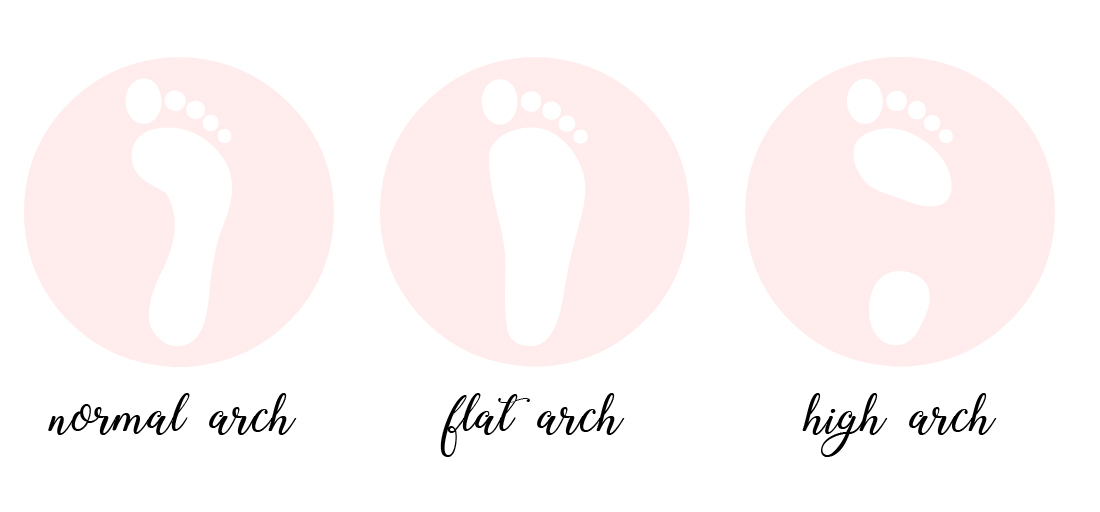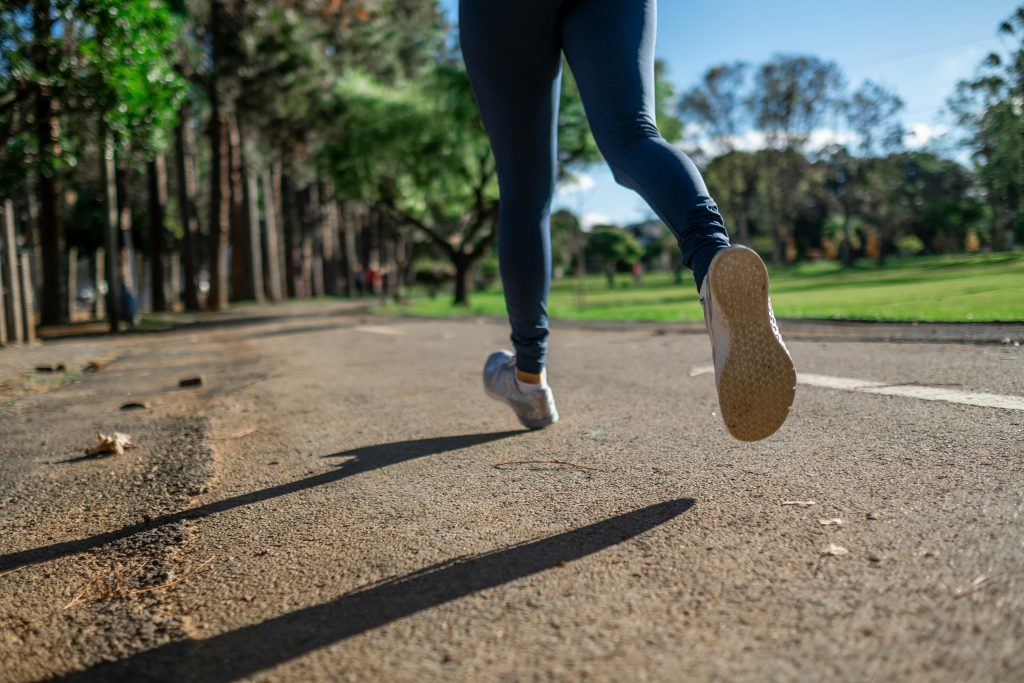Finding the right running shoes isn’t just about following trends or copying what influencers wear. The shoes that work best for you depend on your foot type, running gait, and the support you need. Choosing wisely can boost your performance, prevent injuries, and make every run more comfortable. Here’s a simple guide to understanding your foot mechanics and picking the perfect pair of running shoes.
Why Foot Type Matters
Your foot shape and arch height play a crucial role in how your feet absorb impact and distribute weight when running. Wearing the wrong type of shoe can lead to discomfort, inefficiency, and even injuries such as shin splints, plantar fasciitis, or knee pain. Understanding your foot mechanics will help you make informed choices when shopping for running shoes.
How to Identify Your Foot Type
1. Get a Gait Analysis
The most accurate way to understand your foot mechanics is at a specialist running store. A gait analysis involves running on a treadmill while an expert observes your foot strike pattern and recommends shoes tailored to your running style.
2. Try the Wet Foot Test at Home
If you want a quick check at home:
- Wet the bottom of your foot.
- Step onto a dark surface or paper where your footprint will show.
- Compare your print to these common foot types:
Normal / Medium Arch – About half of your arch is visible. Typically neutral pronation; most running shoes will work.
Flat / Low Arch – Footprint mostly filled in. Overpronation likely; look for stability or motion-control shoes.
High Arch – Little contact along the outer edge; heel and ball visible. Underpronation (supination) likely; cushioned shoes with good shock absorption are ideal.
Tip: If you’re unsure, neutral shoes are a safe starting point, and you can always add insoles for extra support.

Choosing the right running shoes
- Neutral shoes – Best for runners with a medium arch and neutral pronation.
- Stability shoes – Ideal for runners with low arches who overpronate and need extra support.
- Motion control shoes – Suitable for severe overpronators who require maximum support and control.
- Cushioned shoes – Recommended for high-arched runners who need shock absorption and flexibility.

Other Things to Keep in Mind When Buying Running Shoes
1. Shoe Fit and Sizing
- Running shoes should have a snug but not tight fit, with about a thumb’s width of space at the toe box to allow for foot expansion during runs.
- Try shoes on in the afternoon or evening, as feet tend to swell throughout the day.
- Wear the socks you typically run in to ensure the best fit.
2. Test Them Before Buying
- If possible, visit a specialty running store where you can run in the shoes before making a purchase.
- Many running stores offer a 30-day return policy, allowing you to test the shoes properly.
- Walk and jog in the store to assess comfort, support, and overall feel.
3. Don’t Be Swayed by Trends
- Just because a shoe is popular on social media doesn’t mean it’s right for you.
- Prioritize comfort, fit, and support over aesthetics or brand hype.
4. Replace Your Running Shoes Regularly
- Running shoes typically last between 300-500 miles before they lose their cushioning and support.
- Signs that it’s time to replace your shoes include excessive wear on the soles, discomfort, and an increase in running-related aches.
5. Consider Custom Insoles
If you experience persistent discomfort, custom insoles or orthotics can provide additional arch support and enhance the fit of your shoes.
Remember:
Just because an influencer loves a pair doesn’t mean they’re right for you! Take the time to find shoes that match your foot mechanics, test a few options, and invest in what works best for your running style. Happy running!


